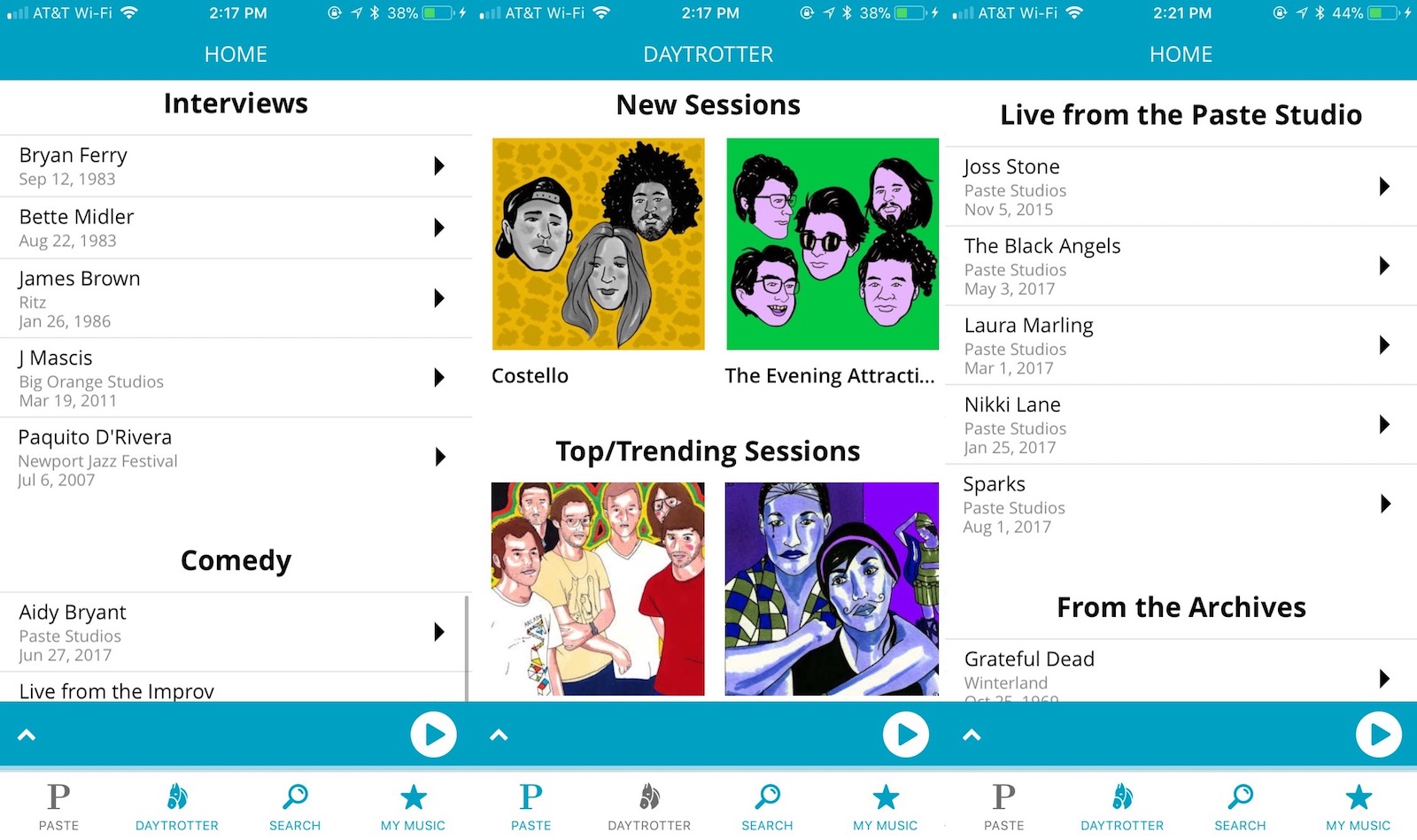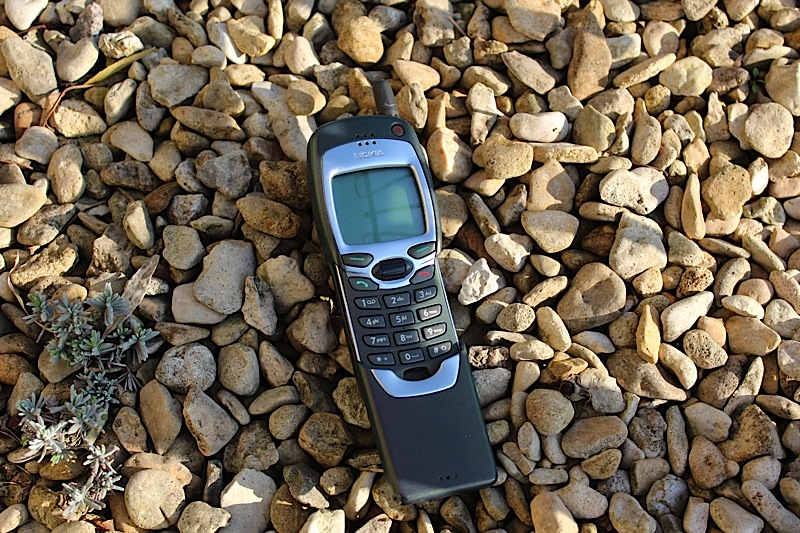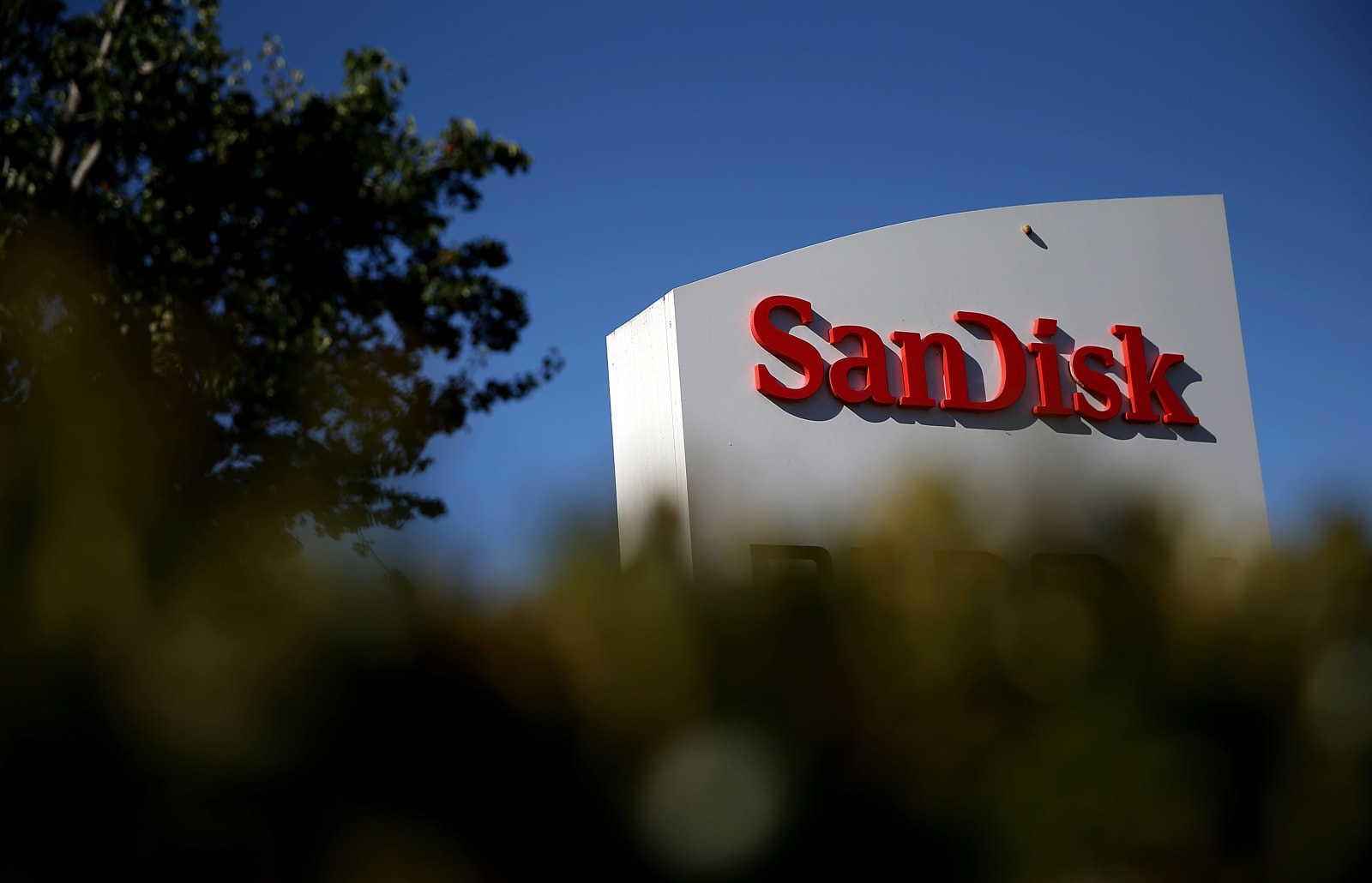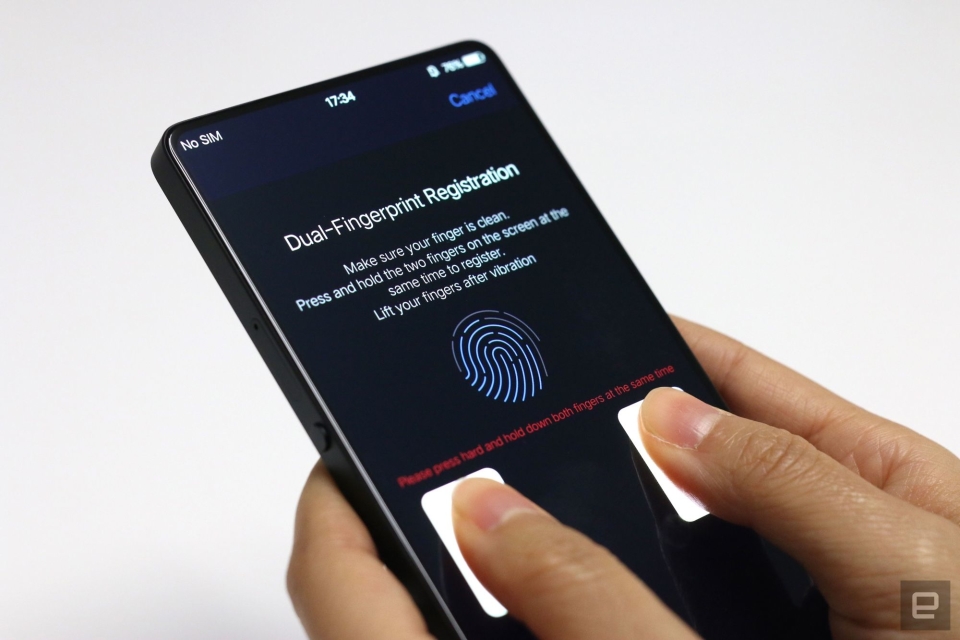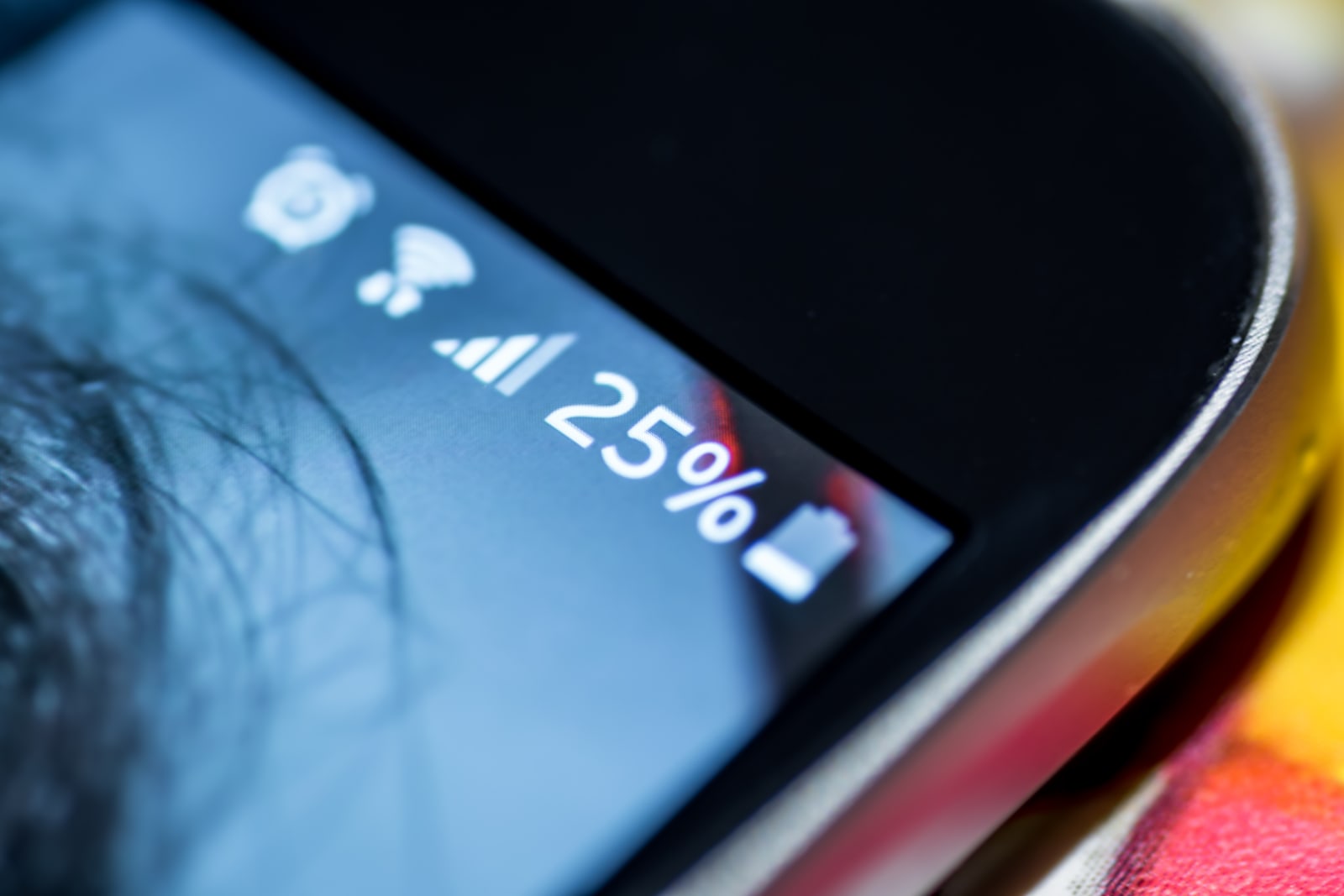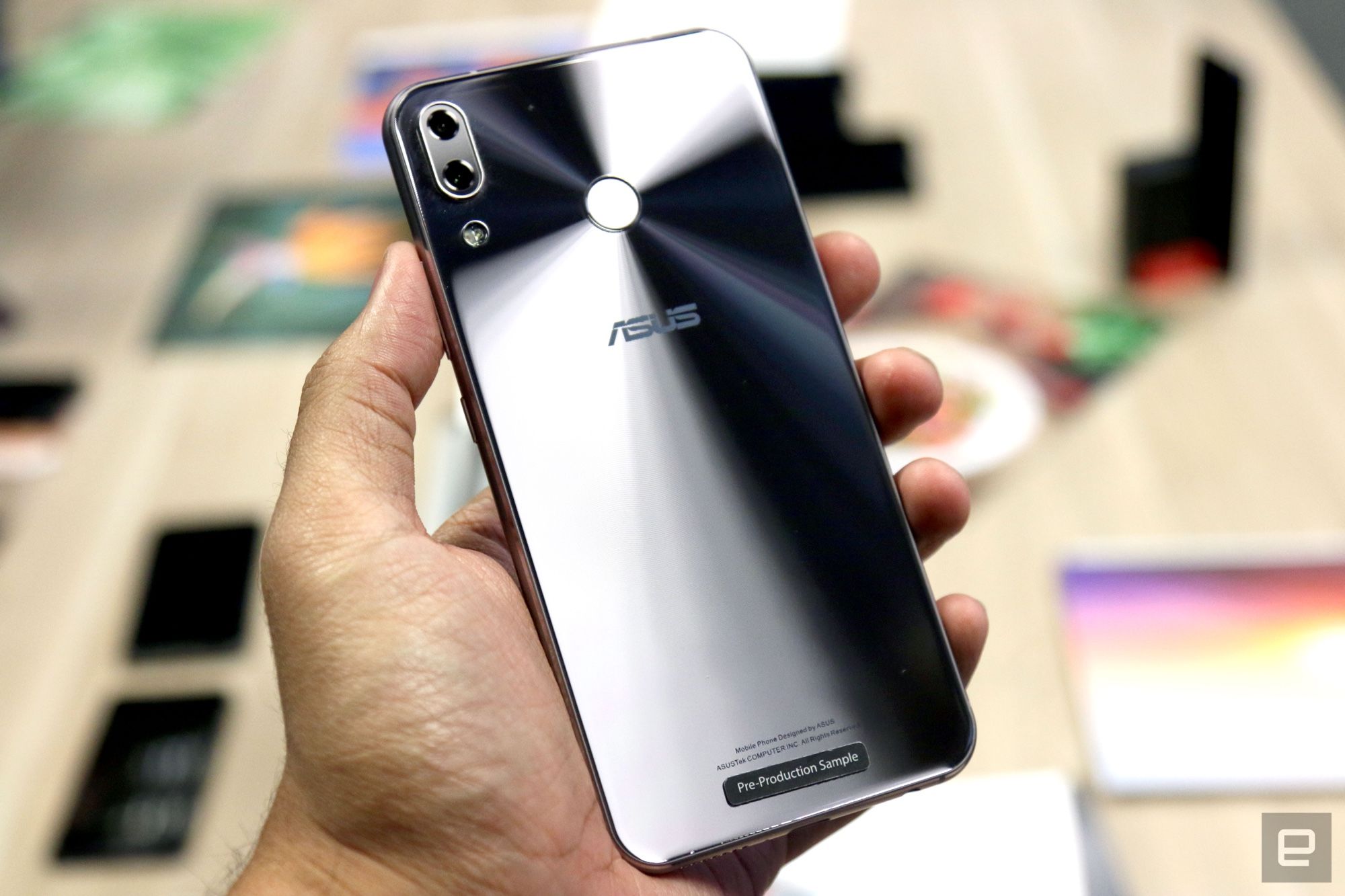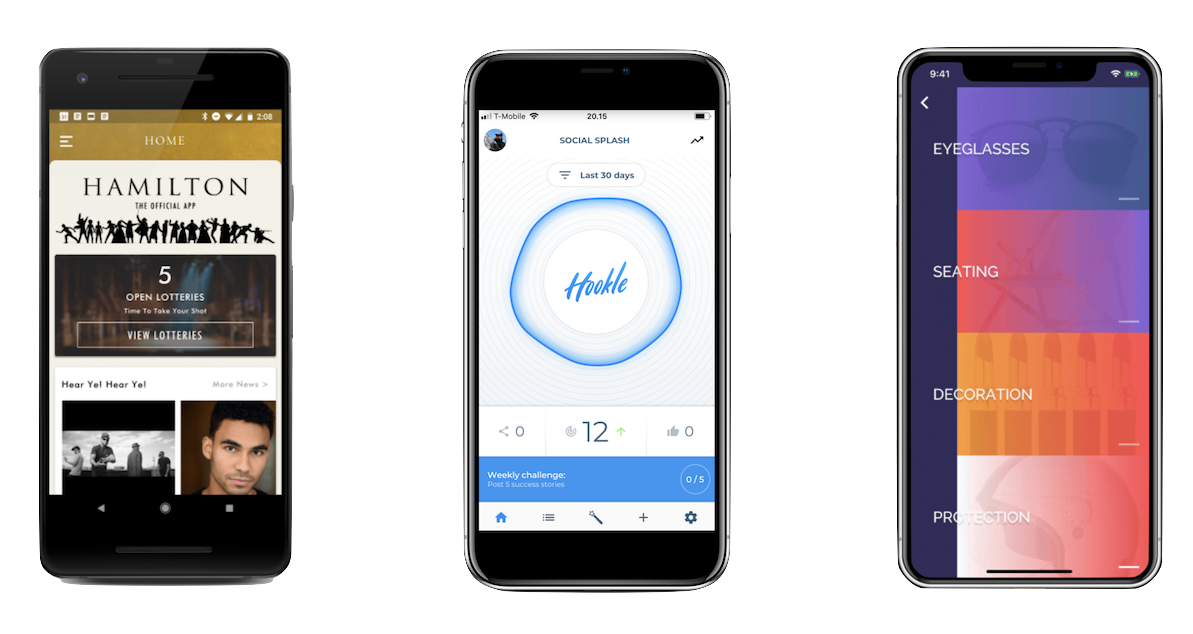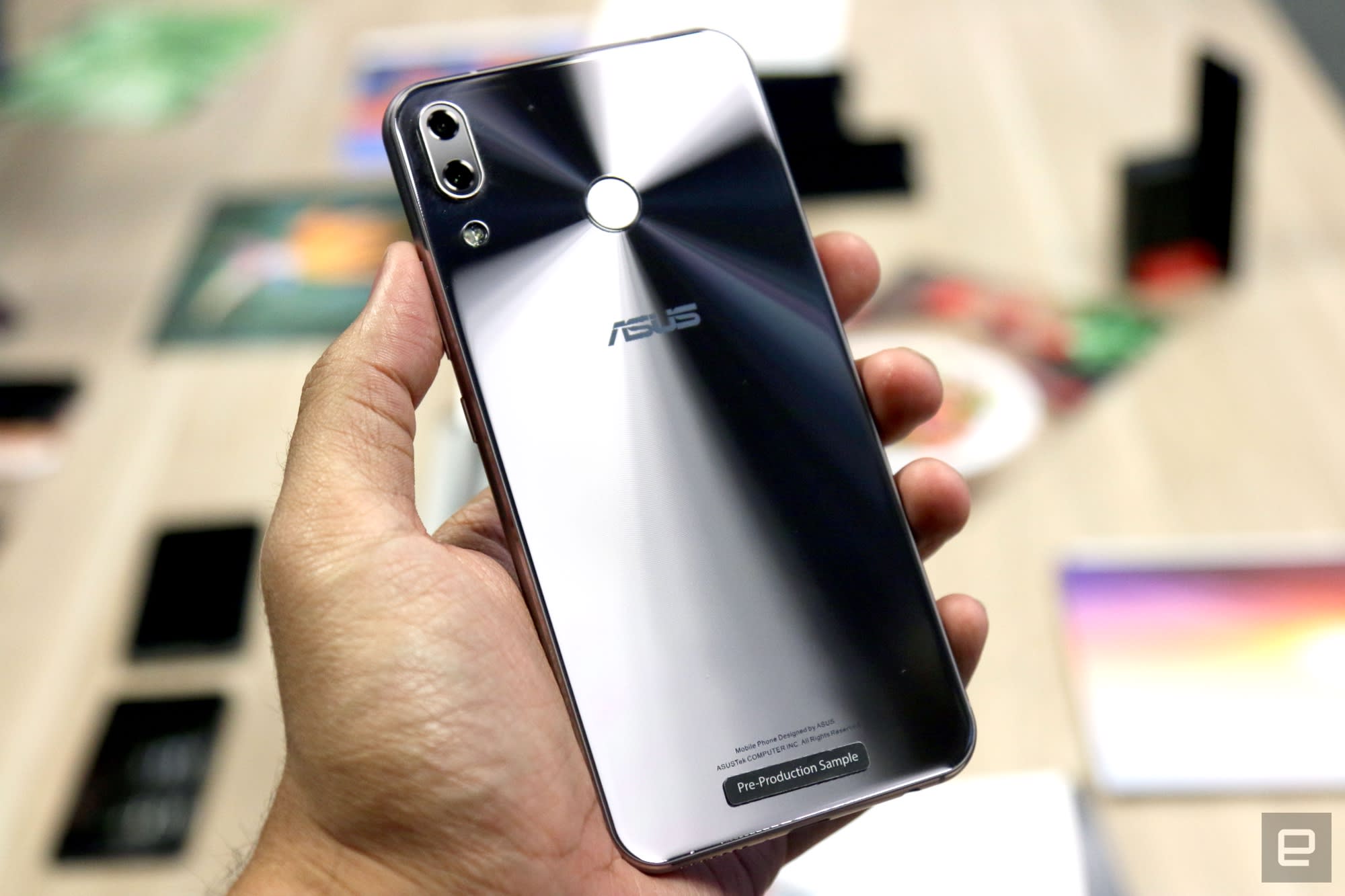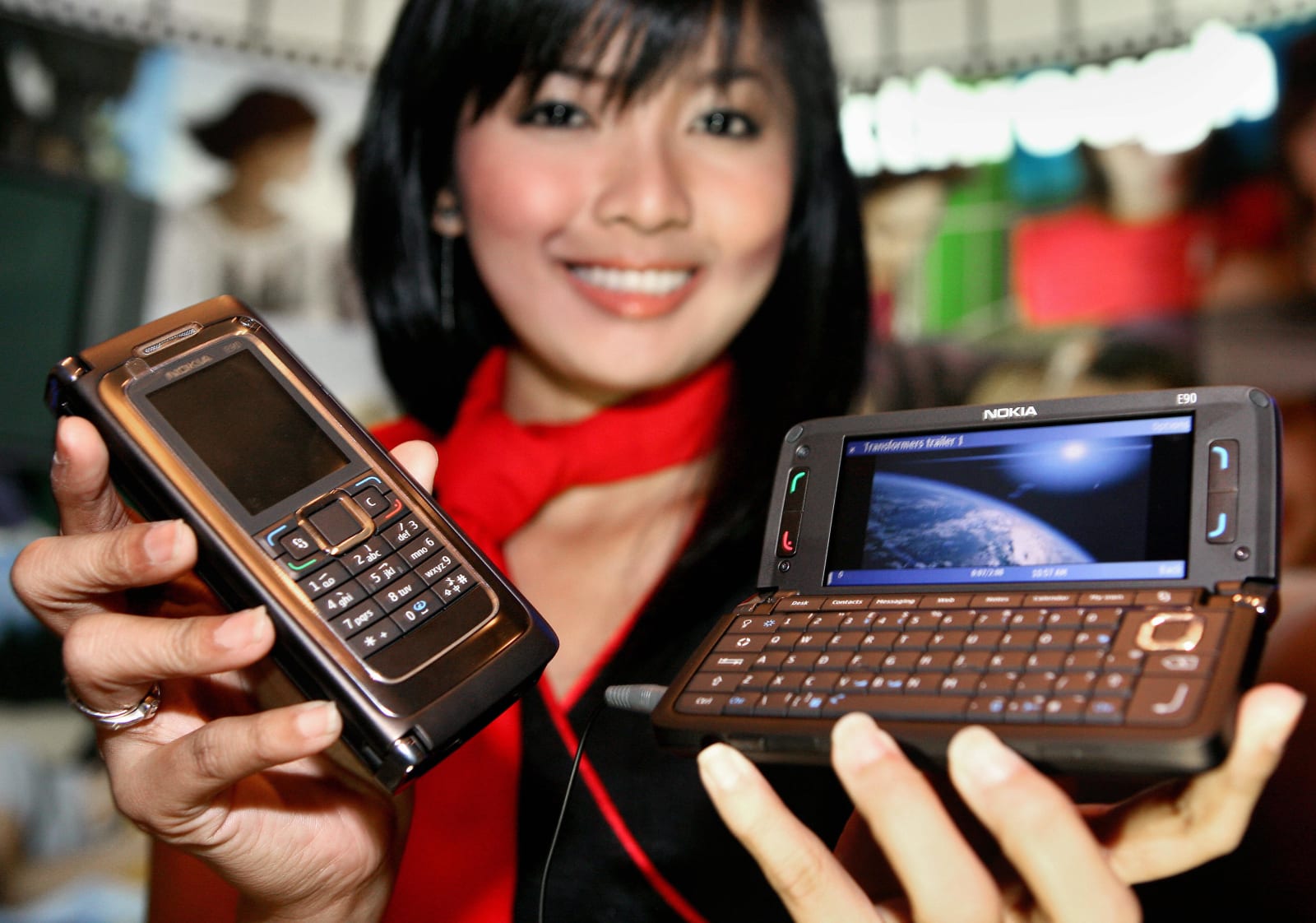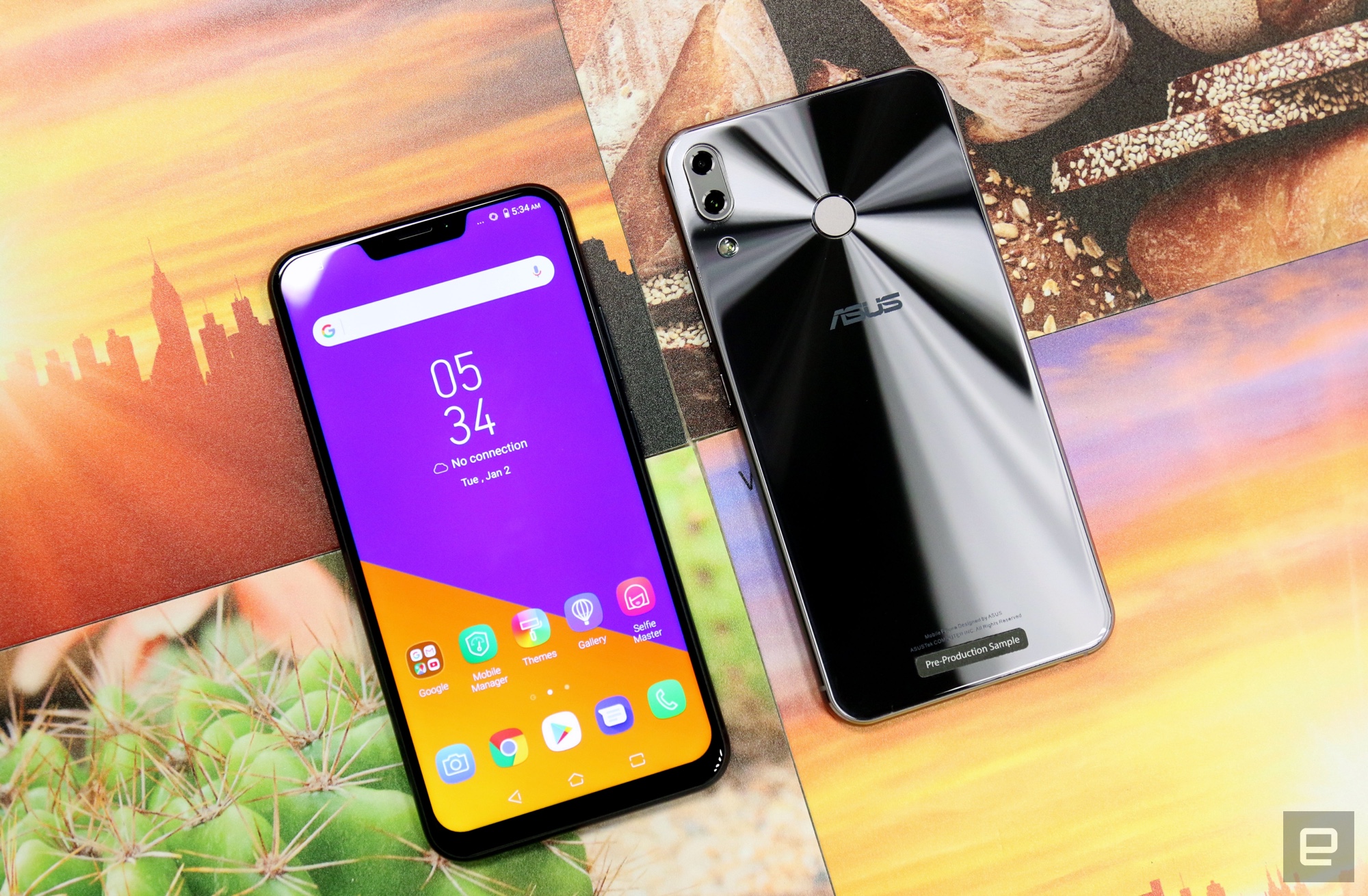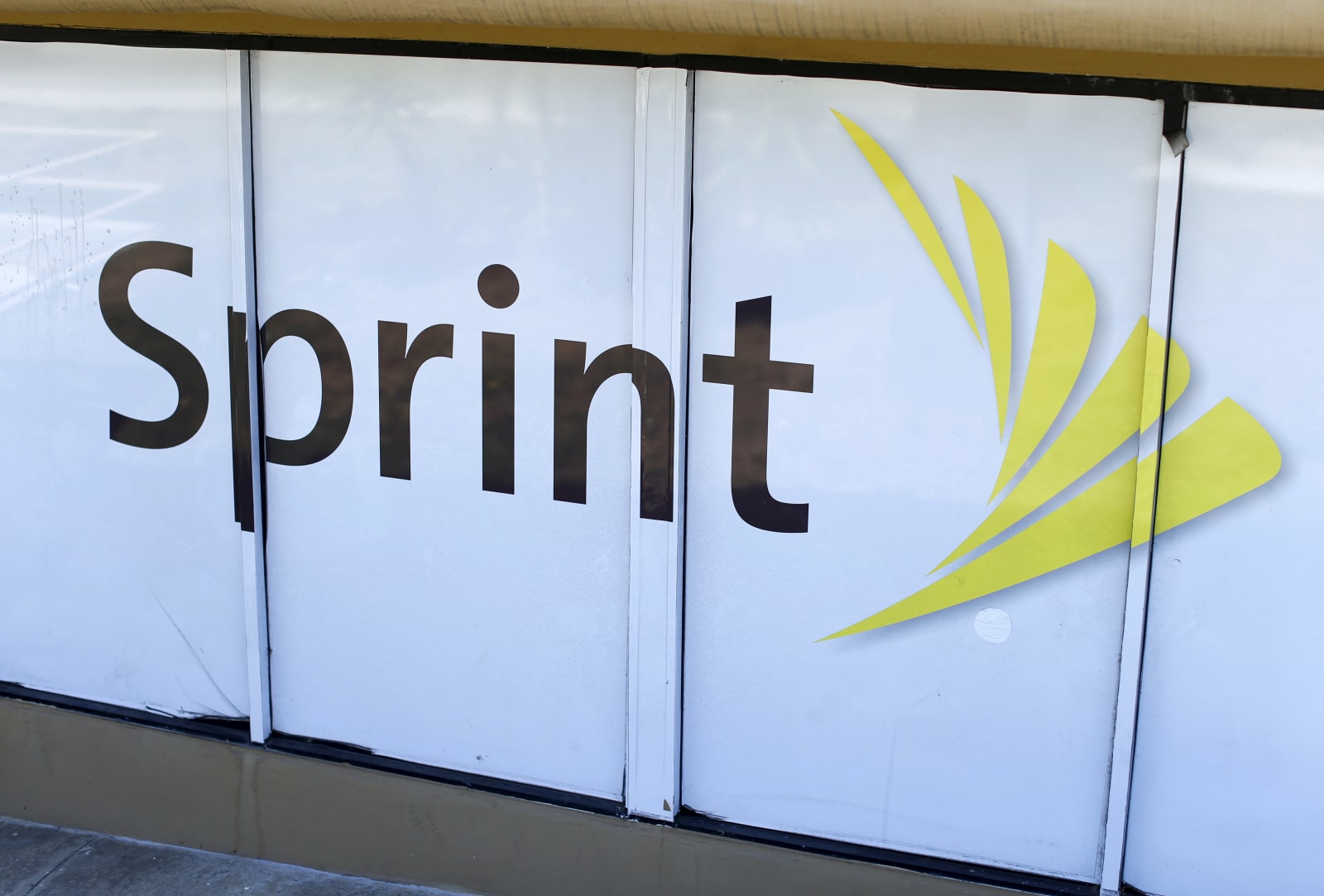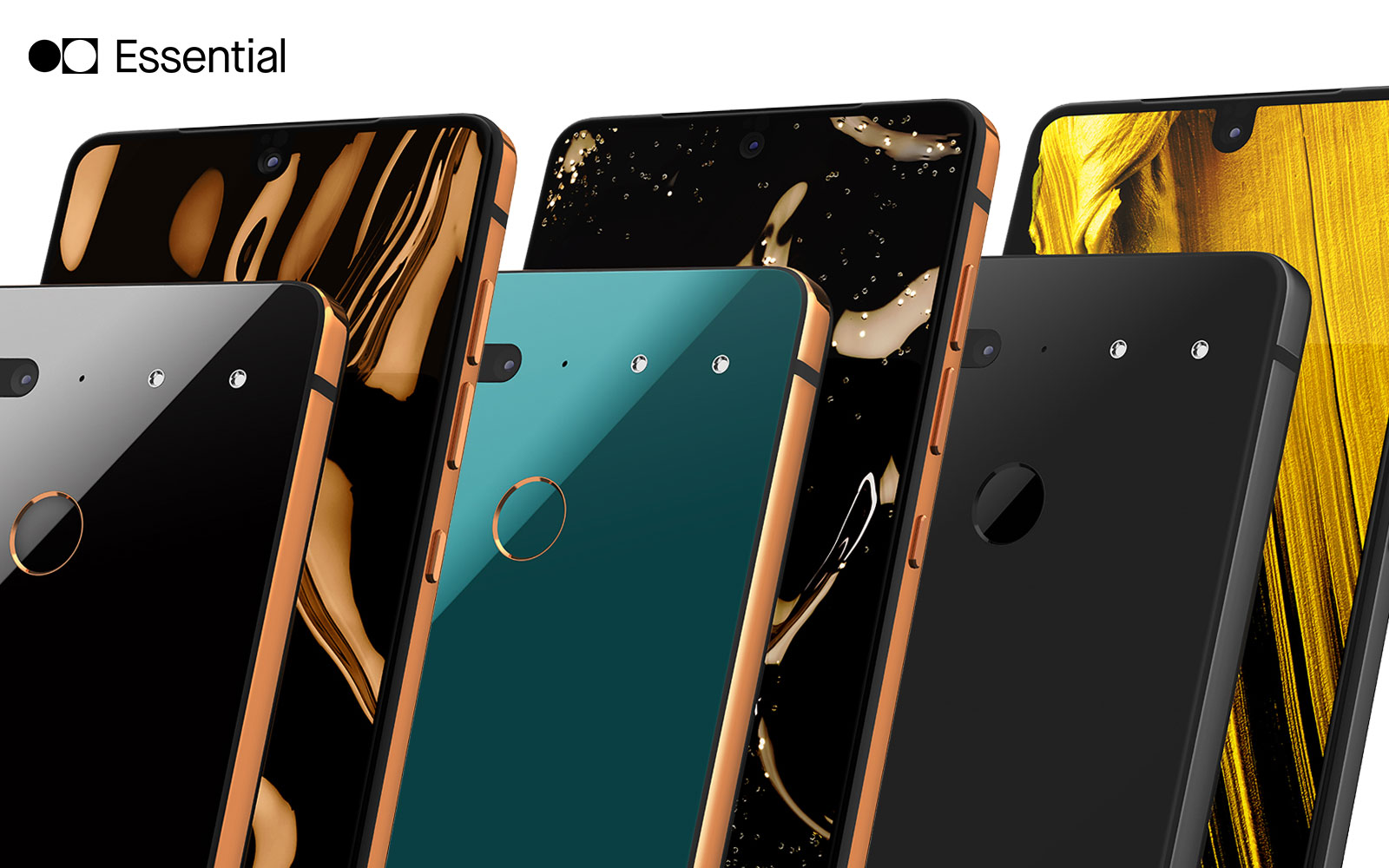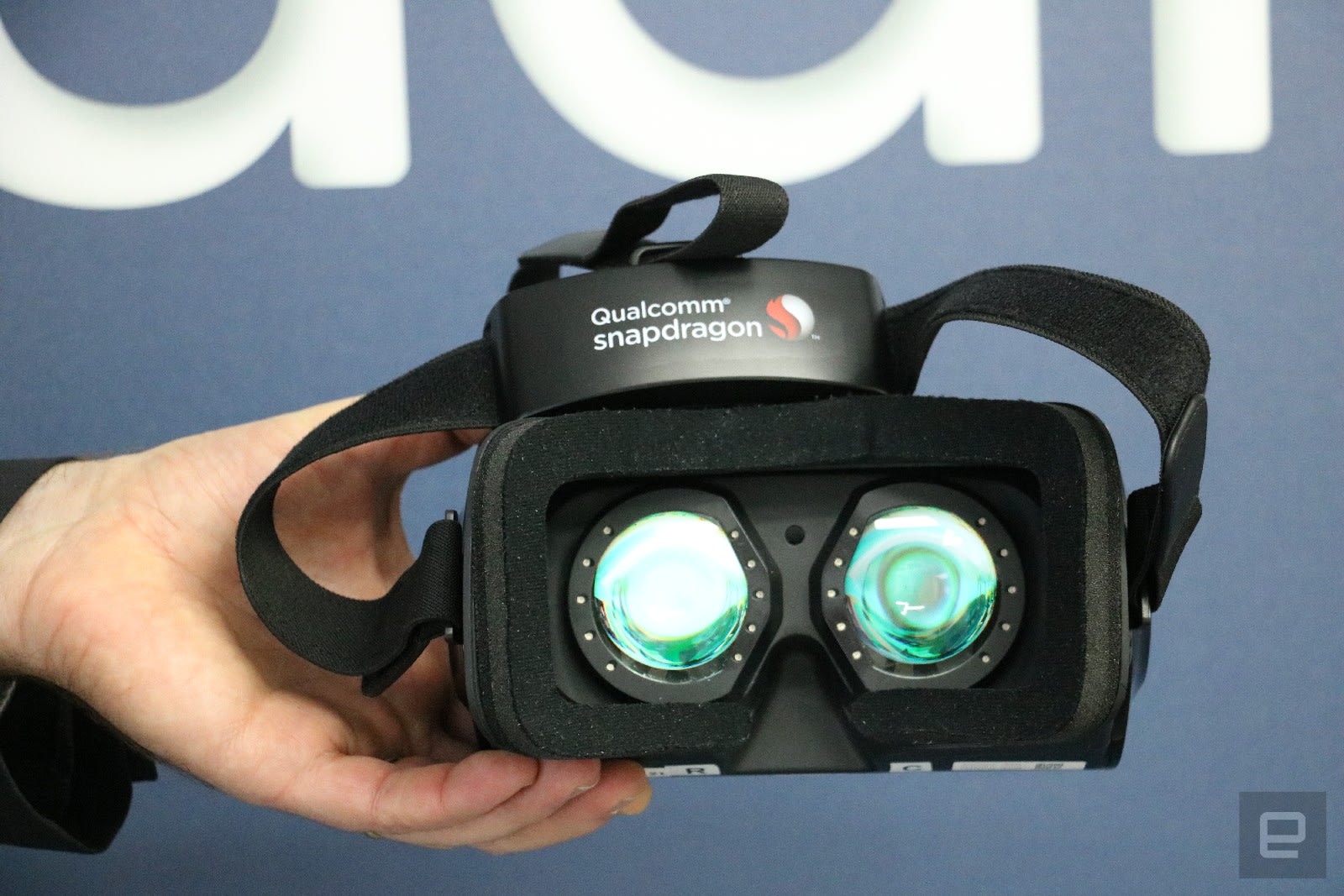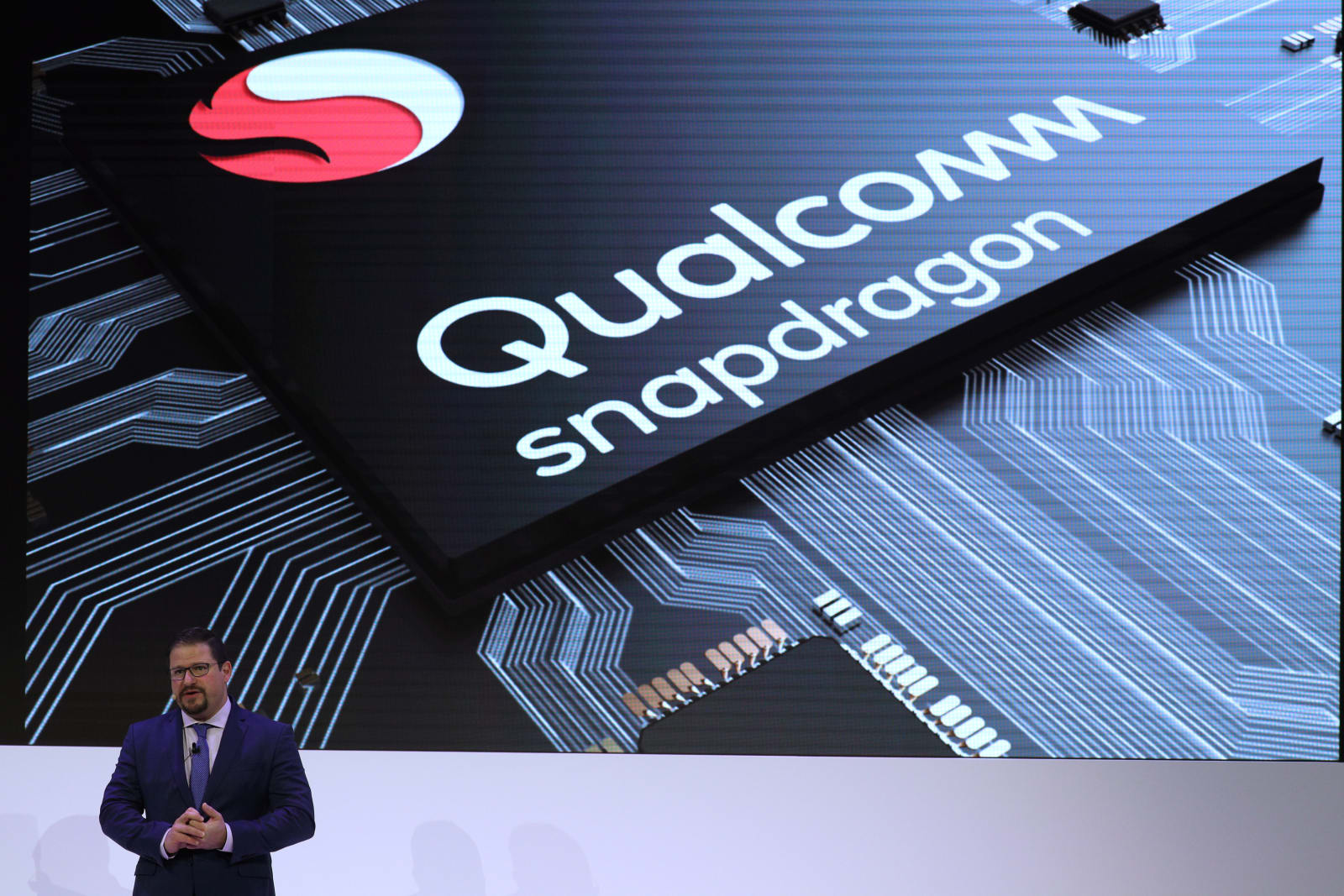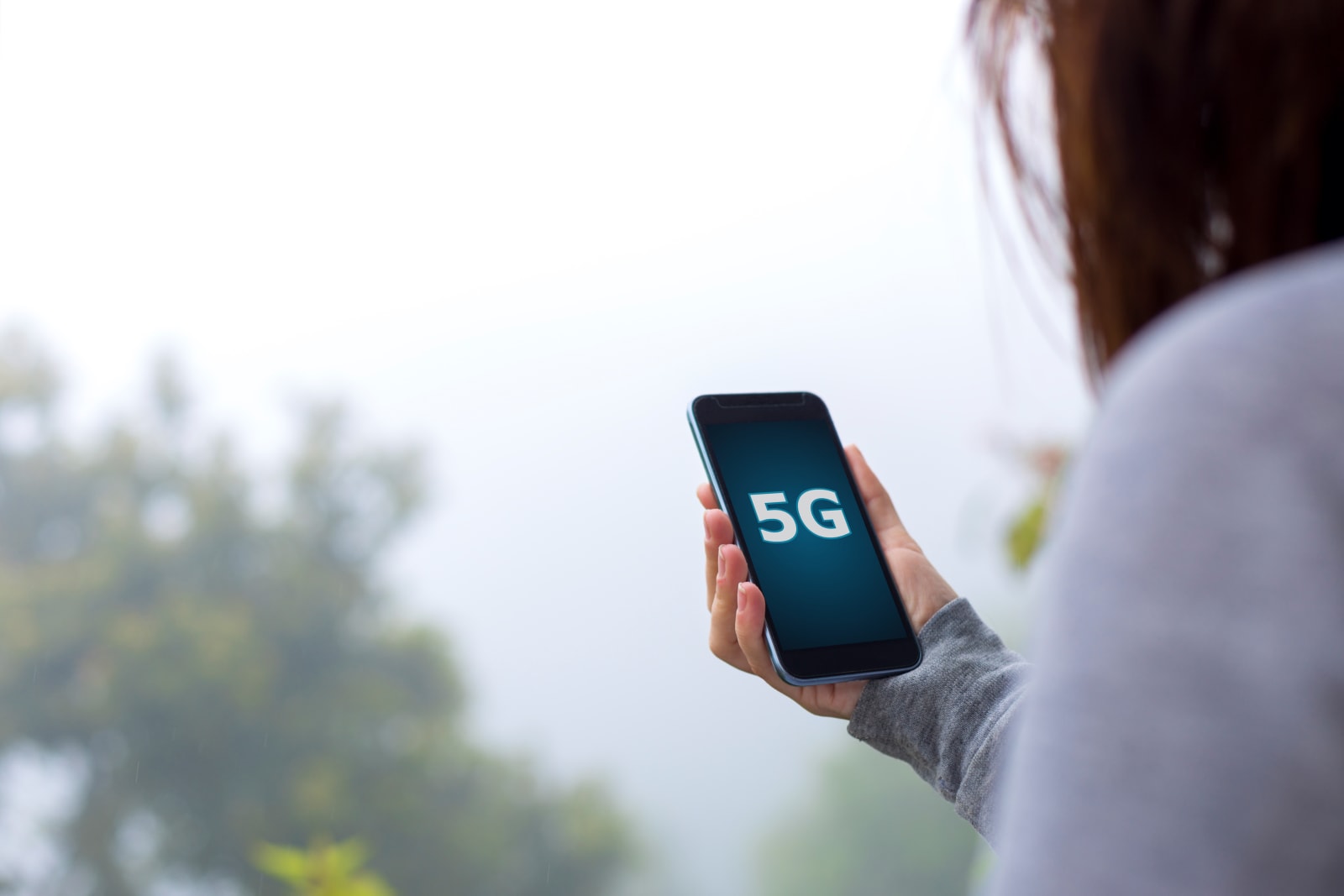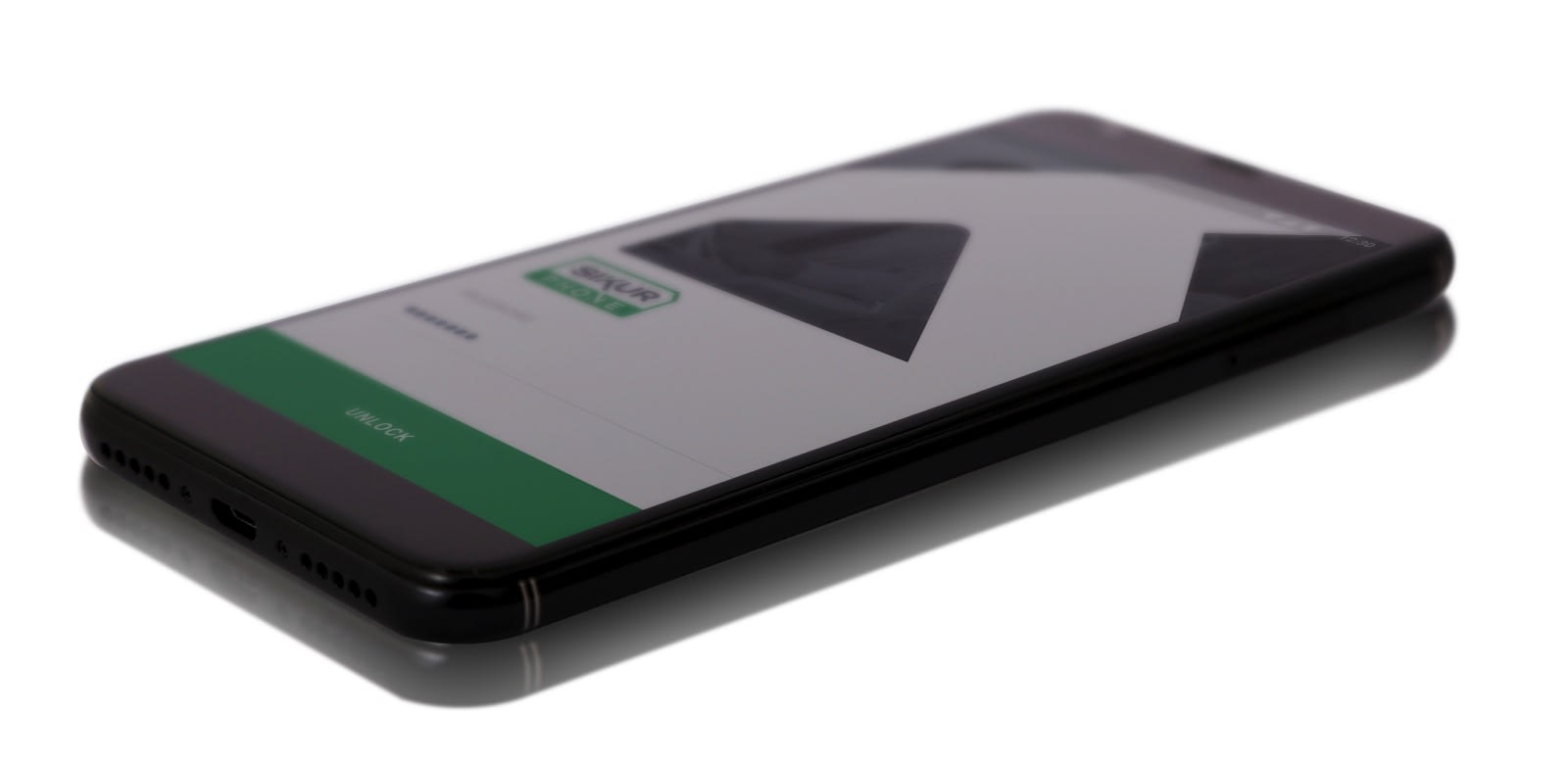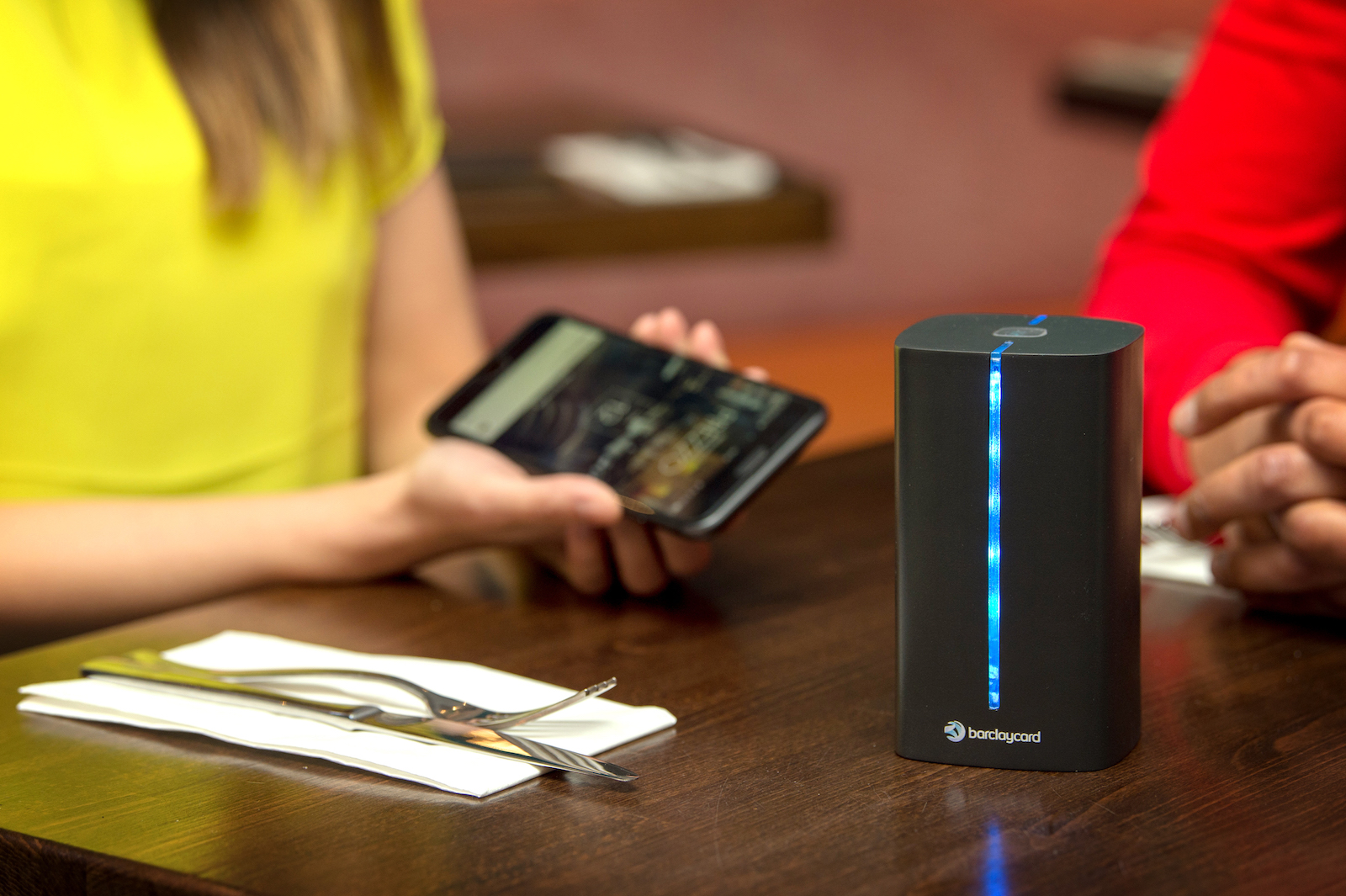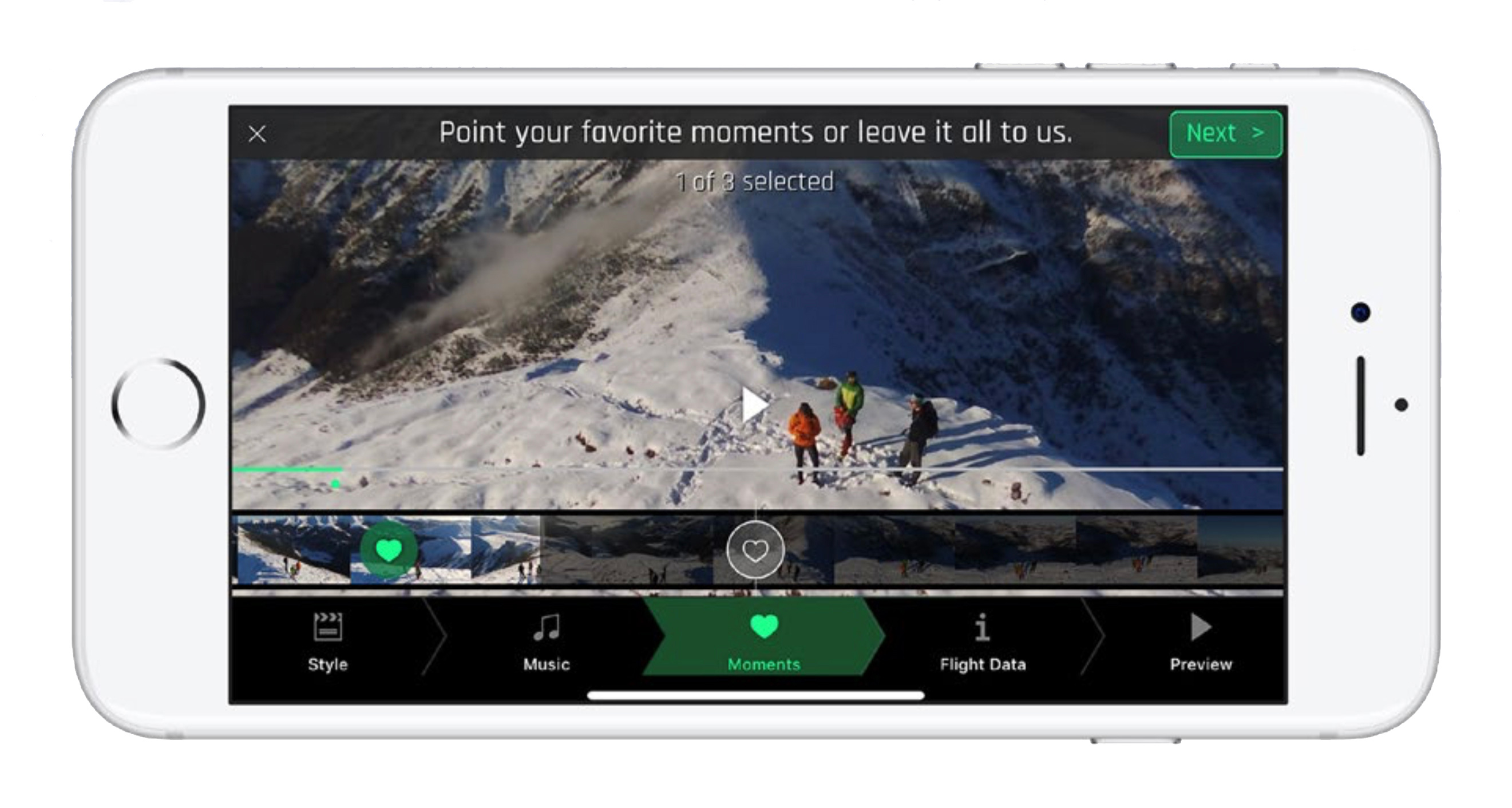ASUS took to the MWC 2018 stage today to show off a mess of new phones.
The ASUS ZenFone 5, ZenFone 5Z, and ZenFone 5Q are all official, along with a new ZenFone Max model. Each one has different specs and features, so let's take a look at what these new ZenFone devices have to offer.

ASUS ZenFone 5
The ZenFone 5 is packing a large 6.2-inch Full HD+ display with a 90 percent screen-to-body ratio and 19:9 aspect ratio. The device is very iPhone X-like in its design, boasting slim bezels on its face and a notch at the top of the screen. ASUS's ZenFone 5 also offers face unlock and "ZeniMoji live animated avatars".
Around back there's a vertically-stacked dual rear camera setup with a 12MP camera with Sony IMX363 sensor, f/1.8 aperture, and AI features like scene detection and photo learning that'll help the camera remember your most-used settings. There's also a Pro Mode and Real-Time Beautification features, as well as a secondary wide angle camera. The front camera on the ZenFone 5 is an 8MP snapper.
Sandwiched in-between the ZenFone 5's front and back glass is a quad-core Snapdragon 636 processor, 4/6GB of RAM, 64GB of storage, NFC, Bluetooth 5.0, dual SIM slots, a microSD card slot, USB-C, and a 3,300mAh battery. The ZenFone 5 also features dual speakers and a rear fingerprint reader.

ASUS ZenFone 5Z
The ZenFone 5Z is like an upgraded version of the standard ZenFone 5, offering an octa-core Snapdragon 845 processor and up to 8GB of RAM. It's got the same screen and cameras as its ZenFone 5 sibling, as well as dual speakers, a rear fingerprint reader, dual SIM slots, microSD slot, and 6.2-inch display with 19:9 aspect ratio and notch.

ASUS ZenFone 5Q (also known as ZenFone 5 Lite internationally)
This more affordable ZenFone device doesn't have a notch like the ZenFone 5 and 5Z, but it does still have a large screen and dual rear camera setup. The ZenFone 5Q packs a 6-inch 2160x1080 display, dual rear camera setup with 20MP Sony IMZ376 sensor and f/2.0 aperture and secondary wide angle camera, and a 16MP front-facing camera.
The ZenFone 5Q also boasts an octa-core Snapdragon 630 processor, 4GB of RAM, 64GB of storage, NFC, Bluetooth 4.1, dual SIM slots, a microSD slot, a 3,300mAh battery, and a microUSB port. There's a rear fingerprint reader for added security.

ASUS ZenFone Max M1
The focus of the ZenFone Max M1 is its battery: This phone's packing a whopping 4,000mAh battery. It also offers trendy features like an 18:9 display (5.5-inch 1440x720) and a dual rear camera setup. The main rear camera is a 13MP sensor with f/2.0 aperture while the second is an 8MP wide angle camera, and there's an 8MP camera around front, too.
The ZenFone Max M1's glass and metal body is home to a quad-core Snapdragon 425 processor, 2GB of RAM, 16GB of storage, dual SIM slots, a microSD card slot, Bluetooth 4.0, and a microUSB port. For added security, there are face unlock and fingerprint reader features.
The ZenFone 5, ZenFone 5Z, ZenFone 5Q, and ZenFone Max M1 will come preloaded with Android Oreo below ASUS's custom ZenUI 5.0 user interface. Expect to see the ZenFone Q in March, the ZenFone 5 in April, and the ZenFone 5Z in June. Pricing details are largely still unkown, but ASUS has said that the ZenFone 5Z will cost $499.





